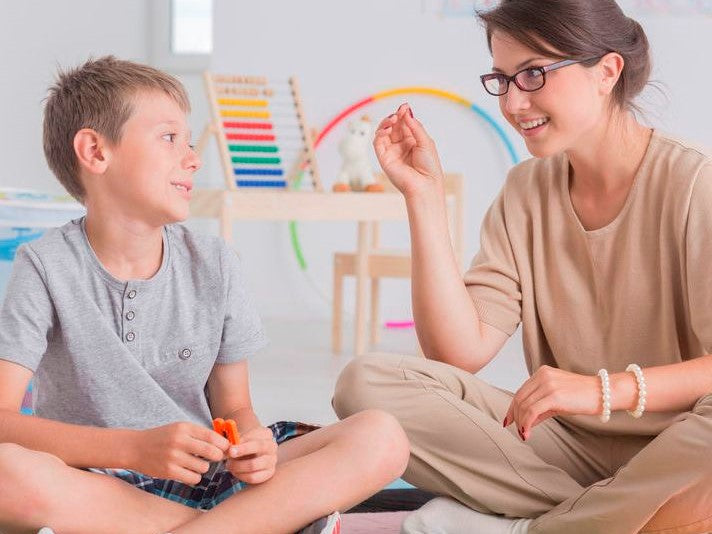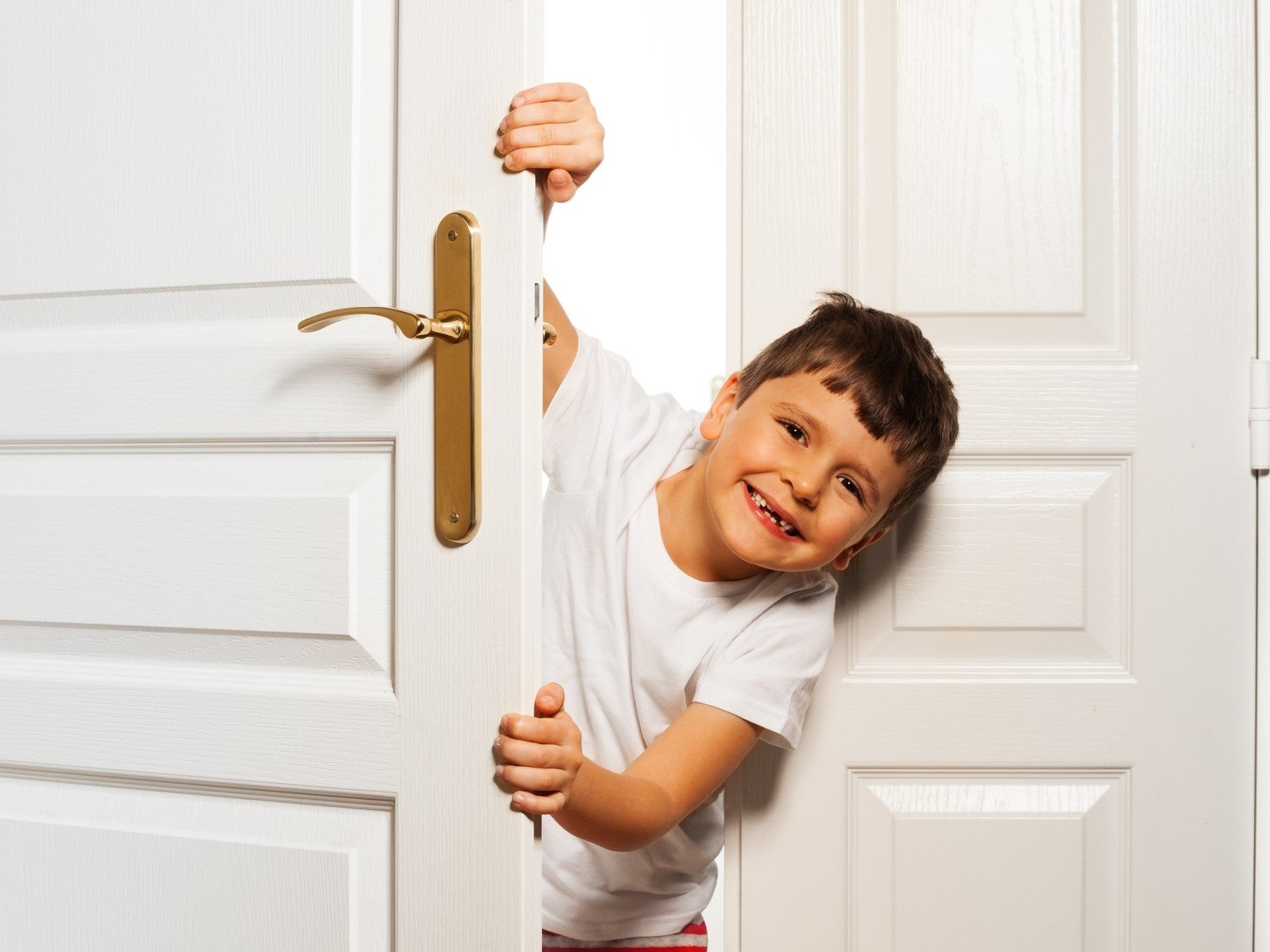
Hello, and Happy Fall!
We were almost at the end of recording the podcast when I remembered….
Dr. Anna Vagin was my guest on The Speech Link. She shared super-fun techniques for social learning using YouTube animations; I love this type of therapy. Typically, the child requires basic conversational skills. Then I asked her to share her favorite “therapy nugget.” Boy, did she ever. She laid out a good one.
It was then, I remembered. I reflected back to my recent interview with Pat Mervine (you know who she is—the amazing therapist with the popular and practical website,speakingofspeech.com) who shared numerous constructive strategies on how to change our behavior to increase student participation. Great information! Many of the examples she gave were for children with complex communication needs.
Both of these ladies are in the “expert” SLP category. (They wouldn’t fess-up to that, but they are.) They are incredibly giving and knowledgeable therapists.
But here’s the kicker: Both Anna and Pat, in two short interviews, talking about different populations,emphasized the importance of this one simple strategy. (I thought it fascinating.)
What’s the simple strategy?
Pat and Anna discussed many good therapy suggestions. The one they both emphasized is:
Use ‘The Pause’ effectively in therapy.
Meaning: Don’t talk, sit and wait, be silent, button-up buttercup. Don’t rush, take your time, let the information process and soak in--all according to the child’s needs.
It’s not easy for a speech-language pathologist tonot talk. Talking what we do and that’s what we want our therapy-kids to do.
Thing is, within our guidance, our-kids will be more likely to talk when we don’t. ‘Pausing’ is well worth the deliberate effort to achieve improvement for our kids.
I agree with Anna and Pat. I’ll share a few of their insights with you and throw some of my own thoughts into the mix, as well.
The Pause: What Does it Look Like?
The Pause can be successfully applied with children and adults of all types and levels of communication issues.
The characteristics of The Pause—and what we say and do before, during, and after--is dependent on the age of the individual, his or her communication abilities, cognition, and compliance, as well as the types of tasks and responses we’re asking the child to do.
Anna:Description of The Pause
(taken from one of her therapy “nuggets” on The Speech Link; will be aired October 28)
Here’s Anna Vagin’s description of how to implement The Pause with verbal children with social learning difficulties….
“We have to be quiet. Most of our kids are slow processers, slow formulators, slow expressers. When we present them with information [or questions], our silence sends the message that ‘I know that you know,’ ‘I know you will give me an answer, and I’m going to wait—not looking at my phone. I’m going to be present. I’m going to wait for your answer because I have trust that you know it.”
“What we get from the child is spontaneity. We get a spontaneous production thatthey are thinking. It may not be the best or what we think is the right answer, but what we want from students is spontaneous thought, not just a response to questions. Experiment with silence. It’s so productive.”
Pausing also gives you an opportunity to watch them—their facial expressions and body language, etc. Does the child appear to be thinking and using his “inner voice?” Or, does he appear to be struggling and has no clue where to start. He looks down, squirms in his chair, or has a look of angst on his face. Or, is he stalling and waiting for you to interject and say something?
Pat’s Insight on ‘The Pause-Prompt Hierarchy’
In addition, when working with low-verbal or non-verbal children with complex communication abilities, we may (or may not) include an AAC (Alternative Augmentative Communication) device. This adds another component. Pat Mervine hit the nail on the head with her critical piece regarding the prompt. She states that many of us use a prompt, but we tend to not emphasize the role of The Pause.
“I find that adult behavior can be the #1 barrier to communication for our students with complex learning needs. One of the most important, yet inconsistent or absent therapy techniques is the use ofpausing with a prompt hierarchy. Pausing is a challenge for most adults, even well-trained SLPs.”
“We often do not give students time to process, formulate a response, and then deliver their response in a way that is understood by others. The use of a prompt hierarchywith pausing keeps us aware of how much assistance we are providing by moving from a least-to-most progression of prompting, which, in turn, promotes an increase in student independence. As mentioned in the podcast, videotaping and then viewing the interactions of adults and students can be extremely powerful in raising awareness of their interactional style.”
Pat details the specifics of her Pause-Prompt Hierarchy in her podcast. It’s excellent.
Thinking: What They are Supposed to be Doing During The Pause
So, just how long do we pause? A couple seconds to a minute--however long it takes them tothink. Obviously we can’t see them think, all we see or hear is their response.
Many of our kids need language processing time. I know, language processing and thinking have their defined differences. But for our purposes, let’s use the wordthink. Mainly because that’s the definitive word to use with our-kids. I tell them, “I want you to Look, Listen, and THINK.”
Yes, we can pause for hours, but (and you know this is true):
-
Some kids don’t even know they need to think before responding.
-
Some kids don’t knowhow to thinkbefore responding, and
-
Some kids don’t knowhow to think and formulate a verbal response.
Our language processing kids either take a long time to respond or, they’re impulsive and respond quickly, apparently without much thinking. It appears that neither is taking time to use theirinner voice.
Thinking with your inner voice is a key and it’s strongly associated with The Pause.
Thinking:How to Teach the Use of the “Inner Voice”
The term “inner speech” was coined by the Russian psychologist Vygotsky in the 1930’s to describe a stage in language acquisition and the process of thought.
There are synonyms. Anna used the term “inner voice”; I like one. Personally, I’ve used “inner conversation” with my kids. I like that, too. I’ve also read the term “inner language.” That one’s good, but the kids may not comprehend it.
Using one of the terms with our kids, such as “inner voice,” is an attempt to makethinking (something quite abstract and internal) tangible and understandable.
So, how do we teachthinking? Here’s a helpful suggestion to get you started. You no doubt have many others. Feel free to email me and I’ll pass them along.
Most of our thinking involves the use of questions. Therefore, begin with QUESTIONS. Many of our kids have trouble verbally formulating a question. If this is the case, the child will also not be able to adequately form questions in his inner conversation. Teach and practice question formation.
Then, move into practicing personal questions about simple daily tasks: Should I get up or stay in bed? What am I going to wear? What should I do first, get dressed or eat breakfast? Etc., etc.
Ask him to verbalize the question out loud, then say it in his mind. Once the child understands and can formulate questions, ask him to use his inner conversation in class, then report back to you. Do role-play.
Also, brainstorm inner conversation questions and write them down, or audio/video record them. Practice “think-alouds” in therapy so it becomes natural in his inner voice. Then advance into the academic realm. Practice think-alouds with problem solving, story books, and how to strategize and do a classroom assignment, etc.
Go for it!
Thank you for all you do. Here’s to a great week!
Char
Leave a comment (all fields required)
Comments will be approved before showing up.

![#71 Telepractice Tips 'n Info (Part 4) [Is my child working or just playing games?]](http://speechdynamics.com/cdn/shop/articles/Game_Pieces_and_Hand_7_x_3_2048x.jpg?v=1605804364)